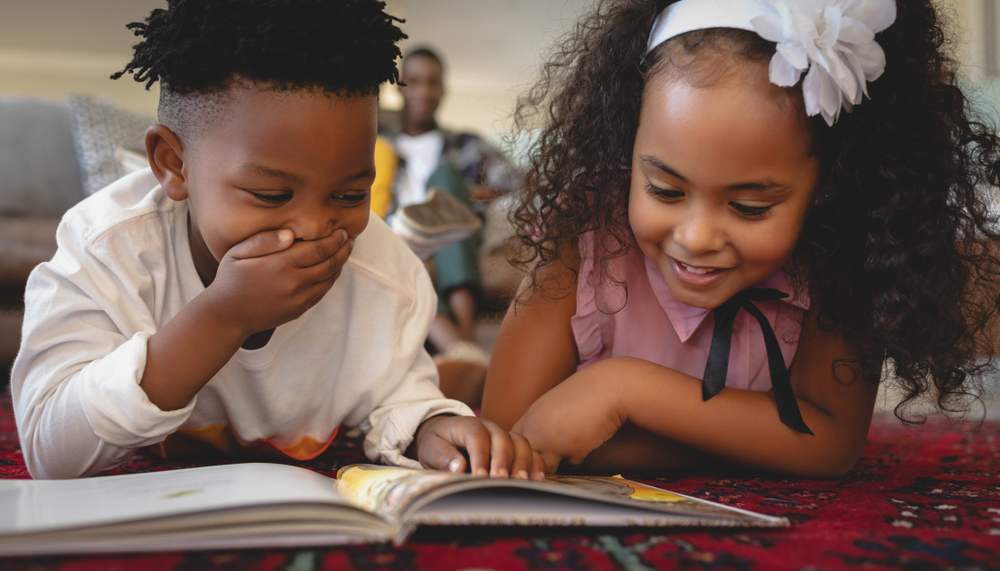Color recognition Building Vocabulary Worksheets for Ages 8-9
10 filtered results
-
From - To
Unlock your child's potential with our Color Recognition Building Vocabulary Worksheets designed specifically for ages 8-9. These engaging resources enhance children's ability to identify and name a variety of colors while simultaneously expanding their vocabulary. Each worksheet combines fun activities like matching colors with words, drawing, and coloring exercises, keeping learning enjoyable and interactive. Perfect for both classroom and home use, these worksheets help solidify understanding of colors in a meaningful context, paving the way for communication skills and creativity. Nurture your child's love for learning and watch their confidence soar as they master color recognition and vocabulary building!


Red and Blue Coloring Fun Worksheet
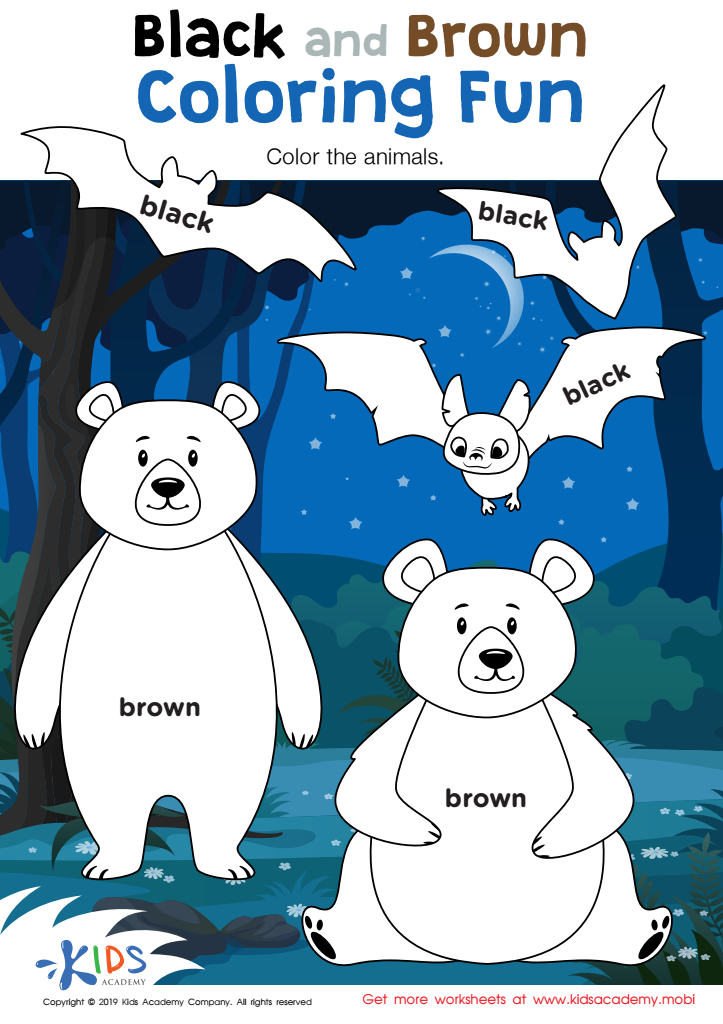

Black and Brown Coloring Fun Worksheet
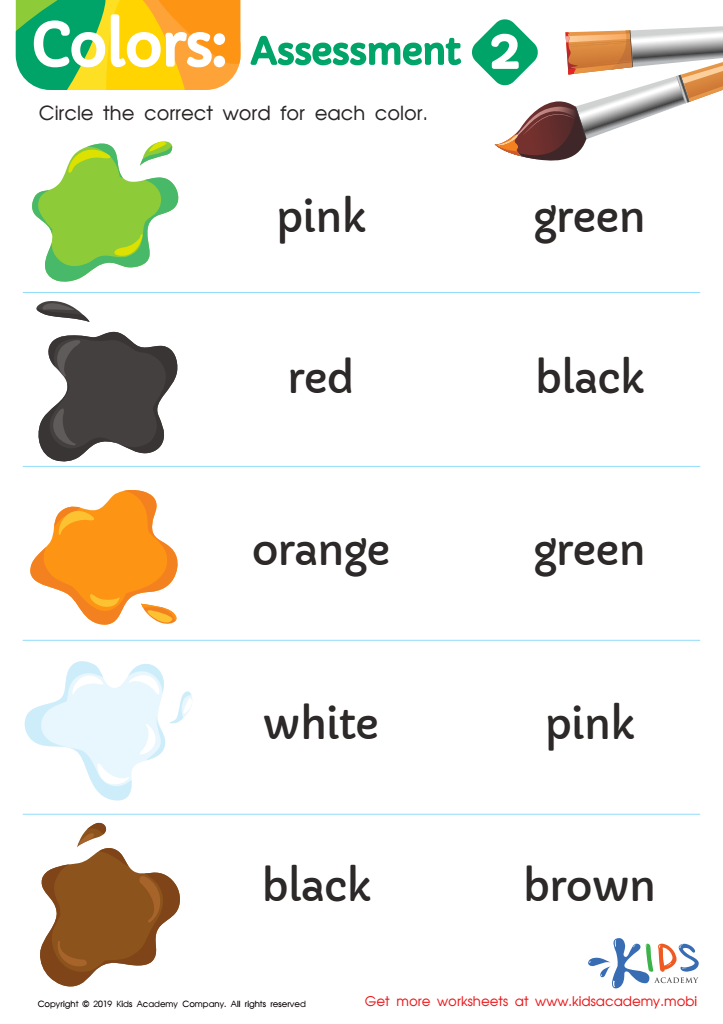

Colors: Assessment 2 Worksheet


Colors: Assessment 1 Worksheet
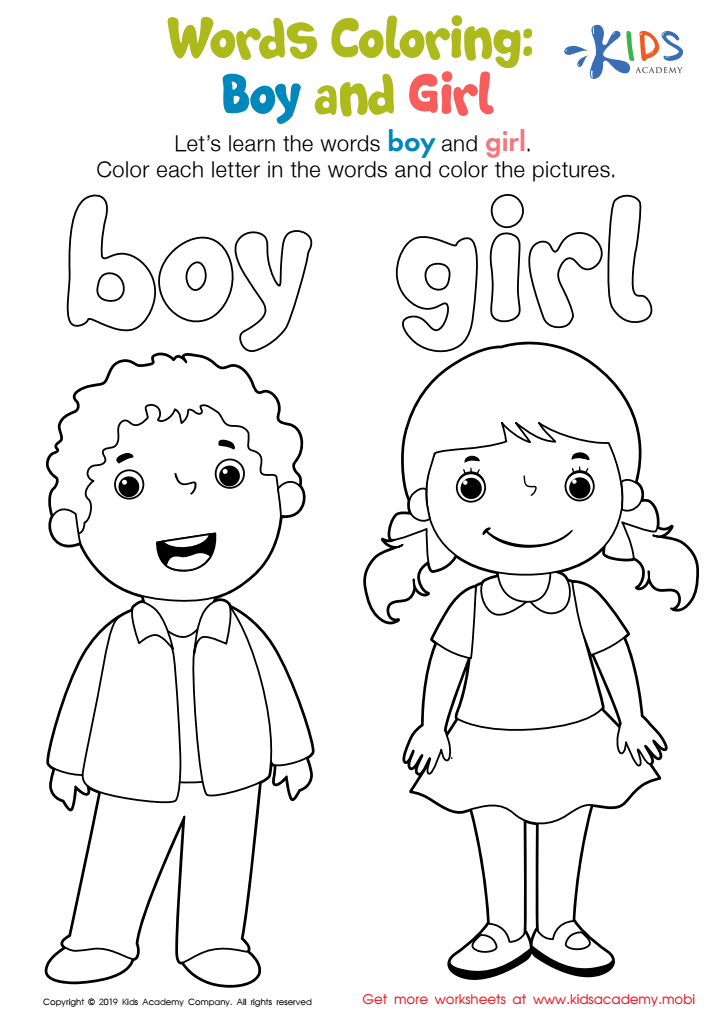

Boy and Girl Words Coloring Worksheet
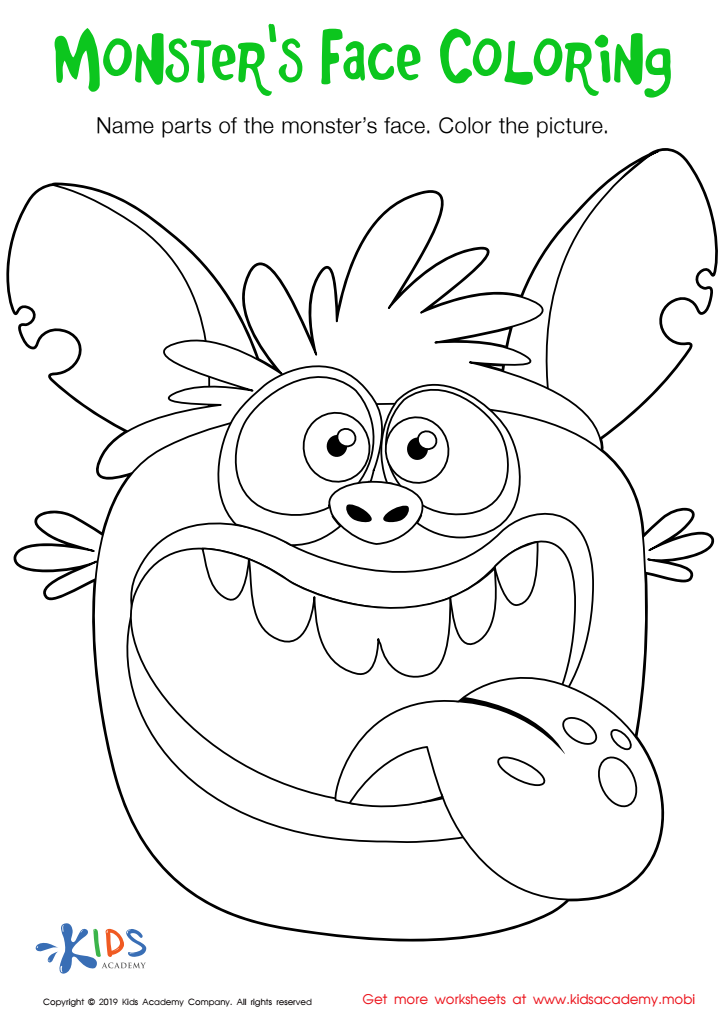

Monster's Face Coloring Worksheet


Tired and Worried Words Coloring Worksheet
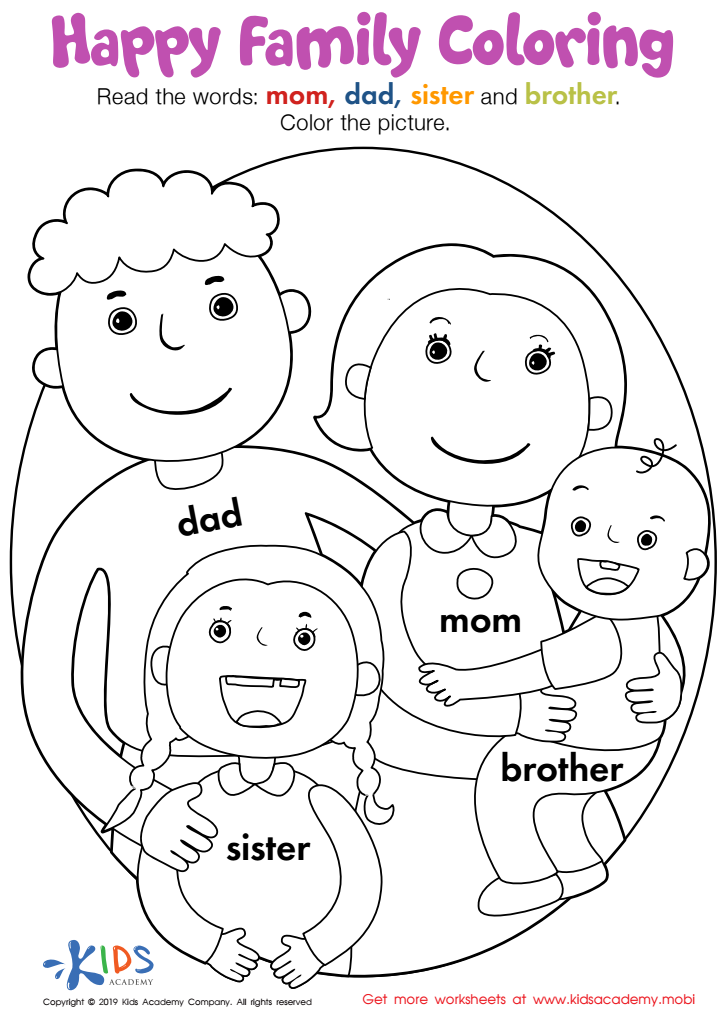

Happy Family Coloring Worksheet
Color recognition and vocabulary building are critical components of early childhood education, particularly for children aged 8-9. At this developmental stage, children are not only mastering basic academic skills but also expanding their understanding of the world around them.
First, color recognition is foundational for cognitive development. It helps children make sense of their environment, enhances their observation skills, and boosts their ability to categorize objects. By identifying and naming colors, children begin to understand and describe their experiences better, fostering their overall communication skills.
Moreover, integrating color recognition with vocabulary building enriches a child’s language development. The ability to articulate colors using appropriate terms enhances their descriptive language, enabling them to express thoughts and feelings more effectively. This vocabulary expansion contributes to reading comprehension and writing skills, essential for academic success.
Additionally, caregivers and educators create engaging learning experiences that foster creativity and critical thinking through color-related activities. Such experiences motivate children to interact with their peers and the learning material, promoting social skills and collaboration.
In conclusion, prioritizing color recognition and vocabulary building equips children with valuable tools for future educational achievements, enhances cognitive and linguistic capabilities, and sets a strong foundation for lifelong learning.

 Assign to My Students
Assign to My Students
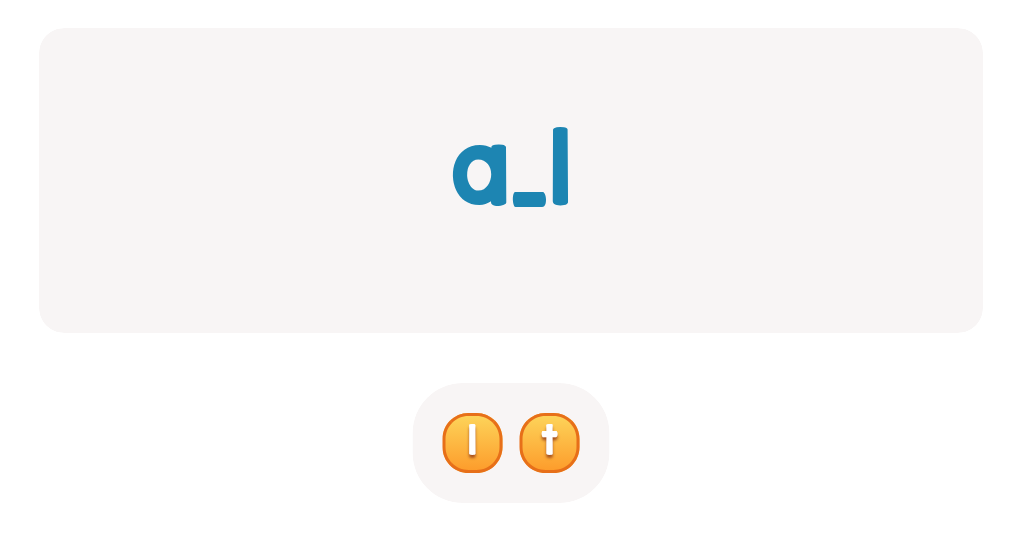

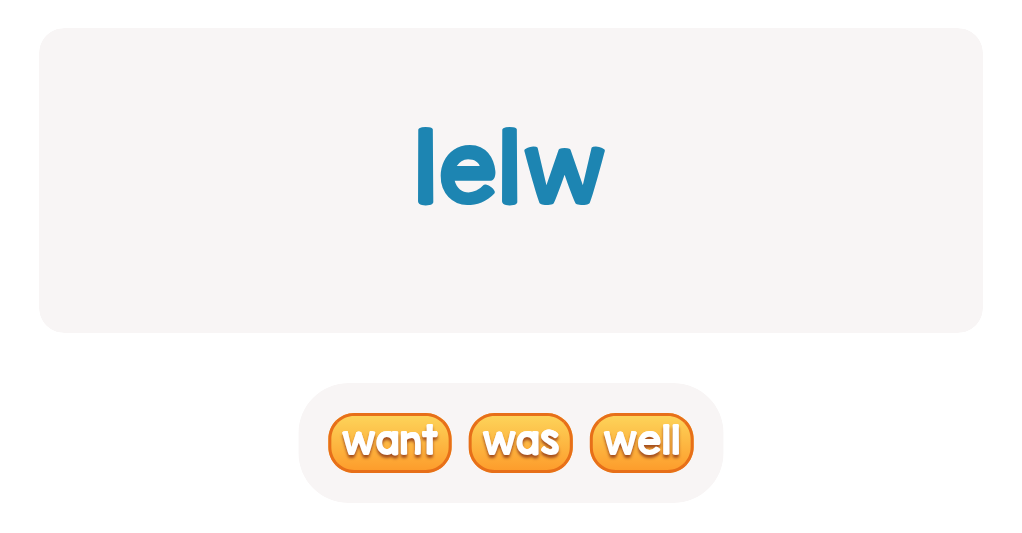
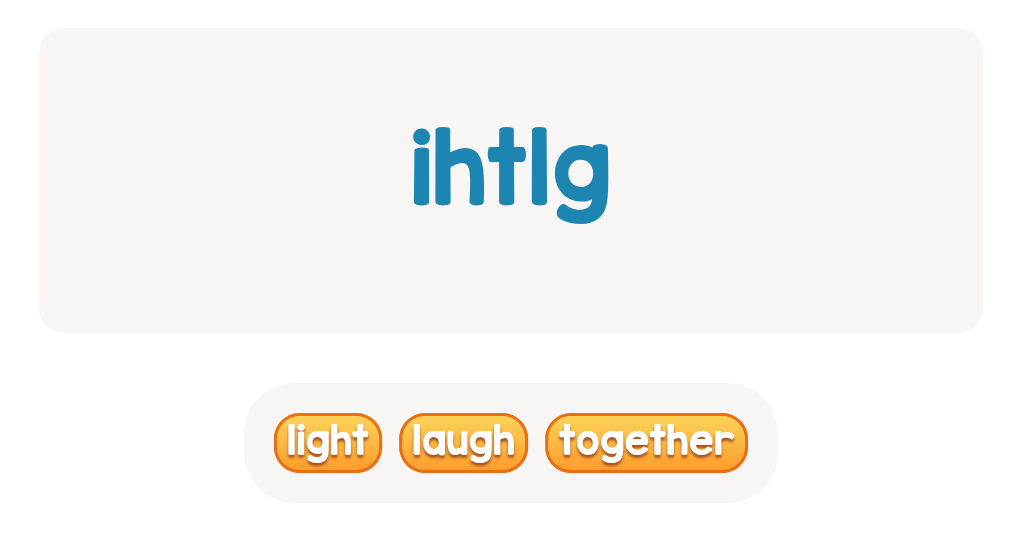
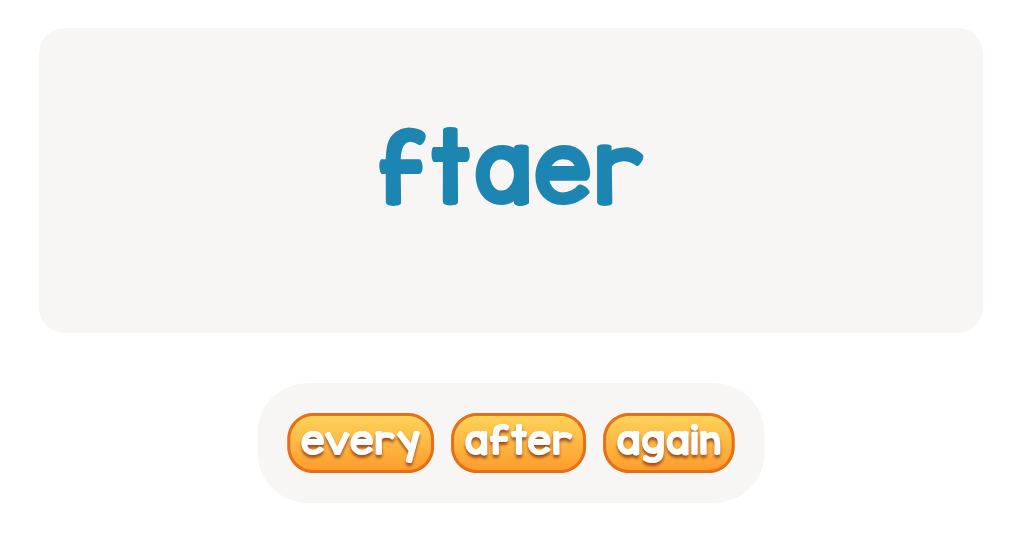
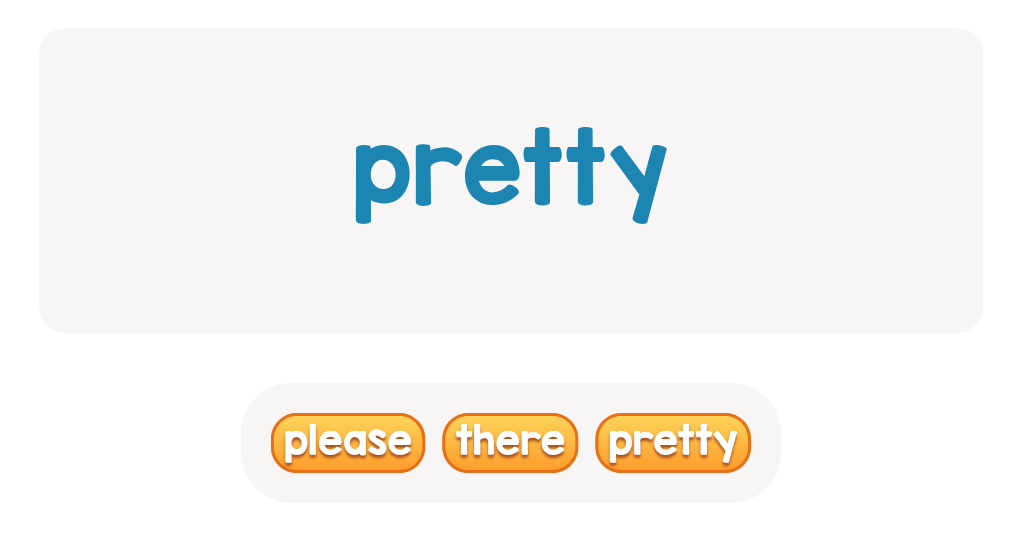
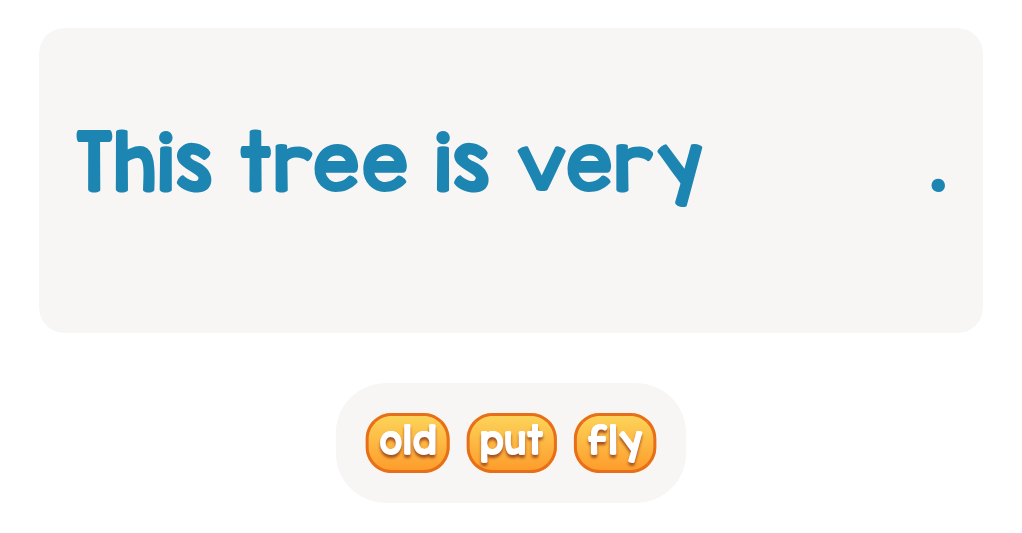
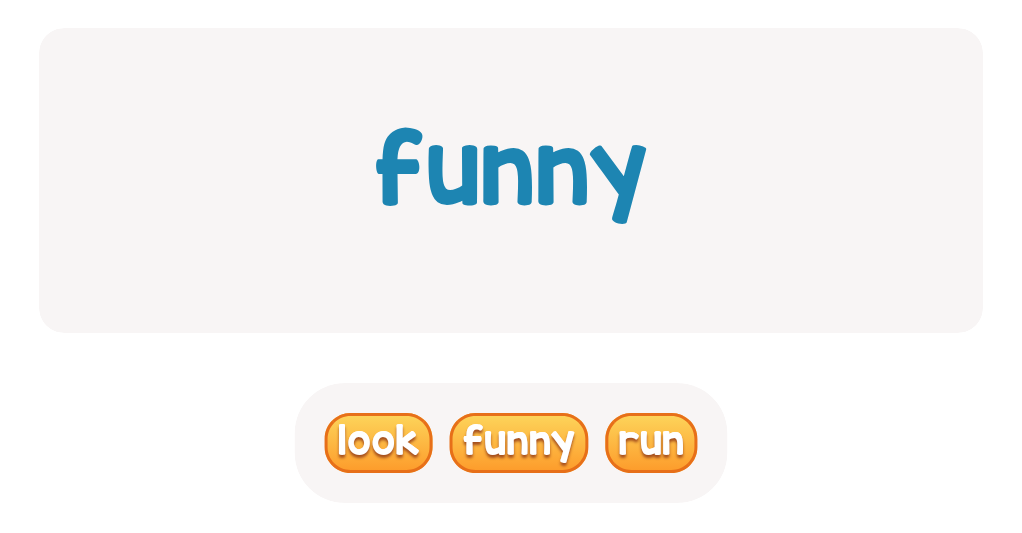
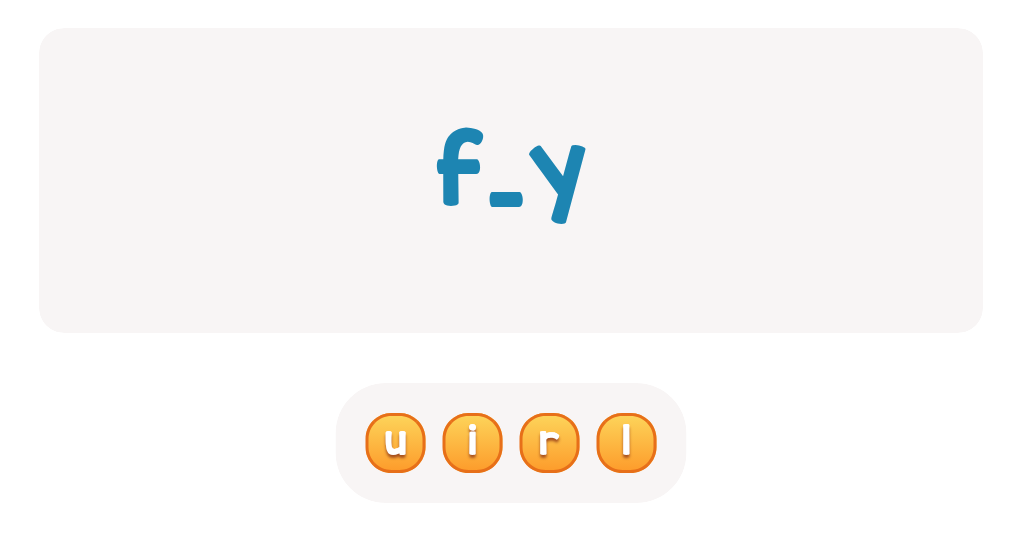




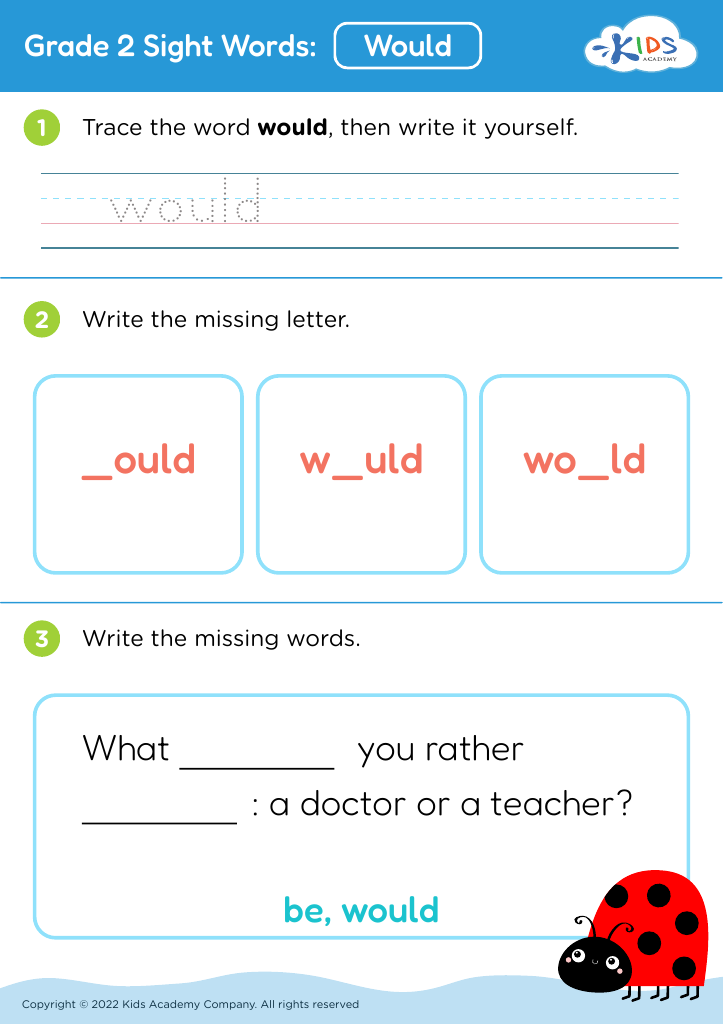




.jpg)
.jpg)
